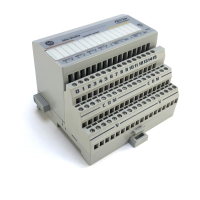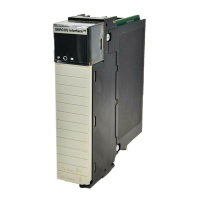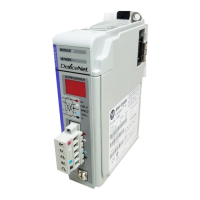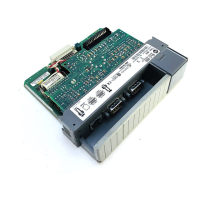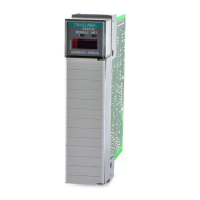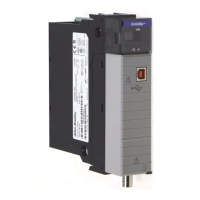Glossary
G–3
decoder logic
The circuitry which receives the
signals from the scanner, interprets
the signals into meaningful data and
provides the interface to other
devices.
depth of field
The distance between the maximum
and minimum plane where a symbol
can be read.
diffuse reflection
Reflection of light in all directions.
Diffuse reflection occurs from
non–glossy surfaces. (Also see
specular reflection)
dirt
In paper, refers to the presence of
relatively non–reflective foreign
particles embedded in the sheet. The
size and lack of reflectance of the
particles may cause the optical
scanner to mistake the dirt for inked
areas.
discrete code
A bar code or symbol where the
space between characters,
intercharacter gap, are not part of the
code; as with Code 39. (Also see
continuous code)
diverging beam
A beam of light that is optically
controlled so the light extends in
different directions from the source.
E
EAN
Acronym for European Article
Numbering System, the international
standard bar code for retail food
packages.
edge error
Irregularities with respect to the
average edge of an element.
element
1) A single binary position in a
character. 2) Dimensionally the
narrowest width in a character, bar
or space.
encoded area
The total linear dimension consisting
of all the characters of a code
pattern, including start/stop
characters and data.
extraneous ink
Ink in a scan area not intended to be
there.
F
first read rate
The first read rate is the percentage of
bar code symbols that are read with the
first pass of the bar code wand under
ideal conditions. Bar code symbols
should have a first read at least 90% of
the time. A first read rate of less than
90% usually means that either the bar
code symbols or scanning device need
some type of adjustment or modification.
This does not mean that a system which
has a first read rate of less than 90% is
unacceptable.
G
guard bars
The bars at the ends and center of a
UPC and EAN symbol. They ensure
a complete scan of the bar code.

